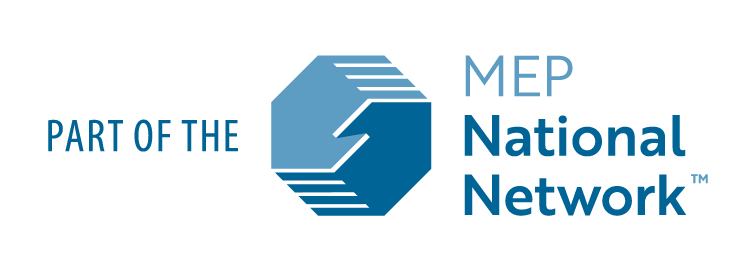Wednesday, July 22 2020
Effective Communication in the COVID-19 Era
Effective communication is difficult even in the best of times. However, the COVID-19 pandemic has certainly made it more challenging in many ways.
There are three (3) basic channels of communication, verbal, non-verbal and paraverbal. Research suggests that of these three, most in-person communication happens through the non-verbal channel (i.e. “body language”).
What are examples of non-verbal communication?
- Crossing your arms;
- Slumping posture;
- Facing the person with whom you are communicating, what I call “squaring off, hips and shoulders;”
- And, of course, facial expressions--smiling, frowning, furrowing eyebrows, eye-contact, etc.
Wearing a mask, however, eliminates our ability to read most of a person’s facial expressions. This, of course, hampers effective communication.
I have taught effective communication and listening for many years, and am therefore very aware of reading body language. I often encourage my students not only to be more aware of other people’s non-verbal language, but also to be more aware of their own non-verbals and what they are really communicating to others through that channel.
Even with my experience and understanding of this concept, I didn’t realize how much I “read” non-verbal communication until that channel was disrupted by people wearing masks.
So, what are some things we can do to help overcome this issue?
Be more expressive with your eyes and eyebrows. In other words, exaggerate the expressions people can still see around the mask. As many of you already know, you can tell a lot about what a person is really thinking by “reading” their eyes. Therefore:
- Make better eye contact.
- Raise your eyebrows to show interest in the conversation.
- Smile with your eyes. Often referred to as “crows’ feet,” the wrinkles around the eyes are very expressive. The smile needs to be genuine or the receiving party will be able to “sense” the fakeness. However, if you are truly happy, then consciously exaggerate your smile to make sure you are effectively communicating that happiness.
These hold true even if you are the listener and not the speaker. Be more attentive to the eyes and eyebrows of the person speaking to you. Be more aware of their non-verbals.
The verbal and paraverbal channels are also disrupted by the wearing of masks and maintaining social distancing. It is simply harder to hear someone who is six feet from you and wearing a mask.
What are things we can do to help overcome this issue?
- Do not remove the mask. (The mask is for your safety and the safety of your team.)
- Do not step closer to the person. (Again, this is for both your safety.)
- Get the person’s attention by saying their name.
- Before beginning, ask them if they can hear you clearly.
- Speak slightly louder.
- Speak slightly slower.
- Use shorter, less complex words and phrases.
- Rephrase rather than repeat if not understood.
- Make sure to remove any physical barriers (again, not the mask) that could block your view or further challenge your voice being heard behind the mask.
These are just a few things we can do to help improve communication in this new era of masking and social distancing.
I hope this has provided some useful tools you can use to help improve your communication processes. In order to be successful, we are going to have to put these suggestions to practice. I would encourage you to start today.
We wish you well and hope you stay healthy and safe.
Purdue Manufacturing Extension Partnership (MEP) provides high-value solutions to help Indiana businesses maximize their success. As advocates for Indiana's thousands of manufacturers, our staff identifies areas of improvement, streamlines processes, and ultimately increases competitiveness. Purdue MEP serves over 500 companies annually by implementing continuous improvement principles in the areas of productivity, growth, and technology.
If you would like more information about this topic, please call Ranae Stewart at 317-275-6824, or email ranaestewart@purdue.edu.
Writer: Joseph McMurry, 317-275-6810, jmcmurry@purdue.edu


